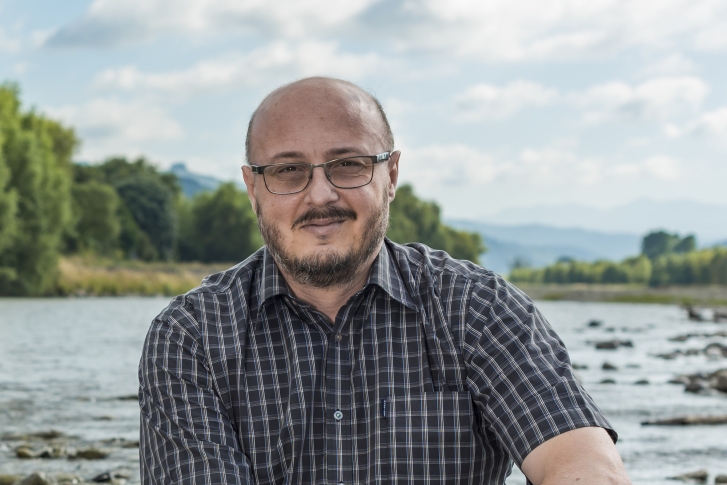We tend to take it for granted: when we turn on a tap, we simply expect water to appear, but Dr Ross Woods has been thinking about where that water might come from in our changing future.
A NIWA Principal Scientist, Woods has examined how climate shifts in New Zealand's drier places could affect our water supplies. "We're asking how these water resources might look in the future."
Weather and climate vary across decades, and water availability follows suit. So Woods is studying decadal variability in river flows, looking at long-term records for 35 sites across New Zealand between 1967 and 2010. "I calculated annual values of the mean flow, maximum flow and seven-day low flow," he says.
As they plan for the future, farmers, energy companies, councils and businesses need to know how dependable those flows will be. "Understanding variability in stream flow over decades can be critical. Without this understanding, it's difficult to use river flow data from the past as a guide to the future."
Part of the Ministry of Science and Innovation-funded Waterscape programme, his study has looked at how rivers respond to the Interdecadal Pacific Oscillation (IPO), a cyclic shift in the Pacific's ocean and atmosphere, in which characteristic circulation patterns, known as phases, switch every 20 or 30 years.
Find out more about the Waterscape programme
Flow data were first sorted according to which IPO phase prevailed at the time, then Woods looked for any significant difference in flow between phases. Between 1945 and 1977, the IPO was in a negative phase, after which it flipped, until 1999, into a positive phase, which saw more El Niños and more frequent westerlies. While the west and south of the South Island got more rain than usual, the Bay of Plenty suffered more droughts.
In 2000, the IPO changed back to a negative phase. Between that year and 2009, says Woods, the Buller River's mean annual flood was 15 per cent lower than it was between 1978 and 1999. Over the same period, flows in 15 other South Island rivers also slowed. Given that this negative IPO phase might have another decade to run, he says, "If you had to make a guess about the coming 10 years, expect a slightly drier South Island."
When planning around water availability, he says, "it appears prudent to make allowance for the possibility that flows for the next 10 to 20 years could be slightly lower than the long-term average. It certainly affects Canterbury, and has implications for the design of irrigation and hydro power schemes."
Woods points out that IPO shifts are not directly related to climate change; rather, they're an entirely natural phenomenon. "It's a shift in climate that will probably shift back again in another 10 or 20 years."
However, he says, "over the next century, we expect that increases in greenhouse gases will drive warmer temperatures and stronger westerly winds. The impacts of that on river flows are important too, so we're also working on them in the Waterscape programme."


